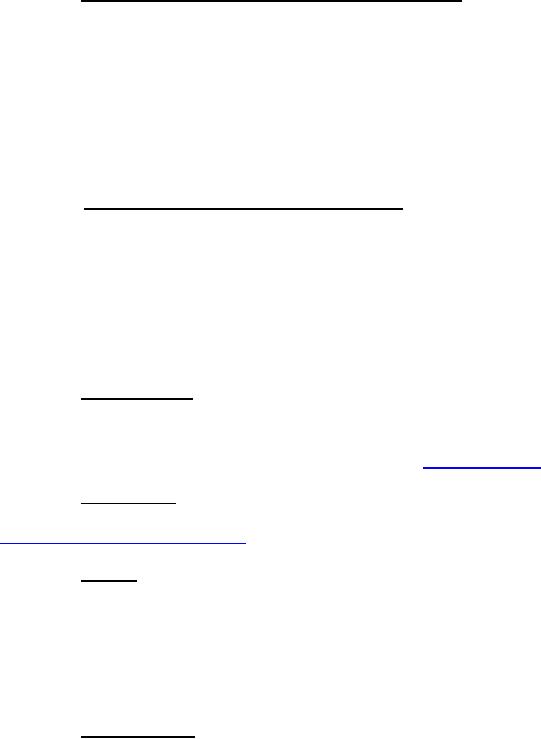
MIL-HDBK-1390
design. In addition, assessing the life cycle and total ownership costs, along with conducting a Business Case
Analysis, can serve as complimentary analyses used to influence the system design.
5.6.1.2 Impact on the IPS elements and support structure (Activity 6.2). The LORA process produces the final
support solution for the system and directly impacts each of the IPS elements. It determines where each required
maintenance action will be performed, the physical resources that must be available to support performance of
maintenance, and what the support infrastructure must be capable of sustaining throughout the operational life of the
system. The results of the LORA are documented and used as the basis for developing the resources and supply
support required to implement the system's maintenance plan. As an example of LORA interfacing with the IPS
elements, consider that LORA seeks to determine an optimum provisioning of repair and maintenance facilities to
minimize overall life cycle costs. It not only examines the cost of the part to be replaced or repaired but all of the
tasks, elements, and resources required to make sure the job is done correctly. This includes the skill level of
personnel, tools required to perform the task, all necessary training, test equipment required to test the repaired
product, and the facilities required to house the entire operation.
5.6.1.3 Related analyses and updates (Activities 6.3 and 6.4). As defined in SAE TA-STD-0017, LORA is an
integral part of the PSA process. As such, the LORA results should be incorporated with other systems engineering
analyses and PSA activities to the maximum extent possible. For example, the LORA results should provide input
to the task analysis (SAE TA-STD-0017, Activity 12), in addition to interacting with several of the activities
associated with the evaluation of alternatives and tradeoff analysis (SAE TA-STD-0017, Activity 11). As more
refined data is obtained and the LORA is updated, these analyses should be revisited and adjusted accordingly. The
LORA program plan should also be updated, as appropriate, to account for any changes to the maintenance plan and
support system proposed by the most recent LORA. These reviews and updates to the LORA also provide an
opportunity to identify a requirement for additional analyses to be performed on the system/equipment where
previously a gap or lack of data may have existed.
5.6.2 Training resources. The Defense Acquisition University (DAU) offers a two-part continuous learning
series which provides an introductory overview of LORA prior to delving more in depth into the theory and
principles behind the LORA evaluations and recommendations. Enrollment in these two continuous learning
modules (CLL057 Level of Repair Analysis Introduction and CLL058 Level of Repair Analysis Theory and
Principle) can be accomplished free of charge via the DAU website at https://www.dau.mil.
5.6.3 Implementation. A free and easy-to-use tool for performing a LORA evaluation is the Computerized
Optimization Model for Predicting and Analyzing Support Structures (COMPASS), available at
5.7
Tailoring. Tailoring is the process of evaluating individual requirements to determine if they are
pertinent and cost-effective for a specific acquisition and then modifying the requirements, as appropriate, to ensure
that they contribute to a balance between program needs and cost. Rewriting, extracting, or eliminating
requirements accomplishes tailoring of standardization documents. The indiscriminate blanket application of the
LORA activities is discouraged. Tailoring is forced by requiring that specific activities be selected and that certain
essential information relative to implementation of the selected activities be provided by the requiring authority.
The performing activity may, and is encouraged to, suggest alternative means of satisfying requirements to make
information more readily available and to utilize more efficient business practices.
5.7.1 Scope and purpose. The subsequent paragraphs provide guidance on how to tailor SAE AS1390. The
scope of the LORA program should be tailored to the size, complexity, and life cycle phase of the individual
system/equipment program. The detail of LORA is dependent upon many factors and tailoring may be required so
that program dollars are used efficiently. For example, if a Non-Developmental Item (NDI) is being purchased,
there will be little, if any, need to conduct a detailed LORA to try to influence the design. However, a simpler
analysis, such as a repair versus discard analysis, may be beneficial to determine whether the NDI should be
repaired or discarded. The factors listed in Paragraphs 5.7.1.1 through 5.7.1.4 of this handbook may influence the
amount of LORA activity administered on a program or restrict the LORA to selective areas.
18
For Parts Inquires call Parts Hangar, Inc (727) 493-0744
© Copyright 2015 Integrated Publishing, Inc.
A Service Disabled Veteran Owned Small Business